As one of America's leading photographers, Alec Soth enjoys widespread acclain. In his view, contemporary photography is a means of communication and it has cultual meaning, much like a language.
Sandra Phillips (Curator Emerita of Photography at the San Francisco Museum of Modern Art) sat down with him to talk about the process of establishing his own style and his impressions from judging this year's New Cosmos of Photography.
I tried out lots of different processes when I was younger until I found a way that was easiest for me. But I don't necessary start working based on any specific subject. The most important thing is how powerful is the project and how much can I concentrate on it. When I first tried taking photos on a road trip, I found it fit me perfectly. It was very important for me to get out of my home town and see the world.
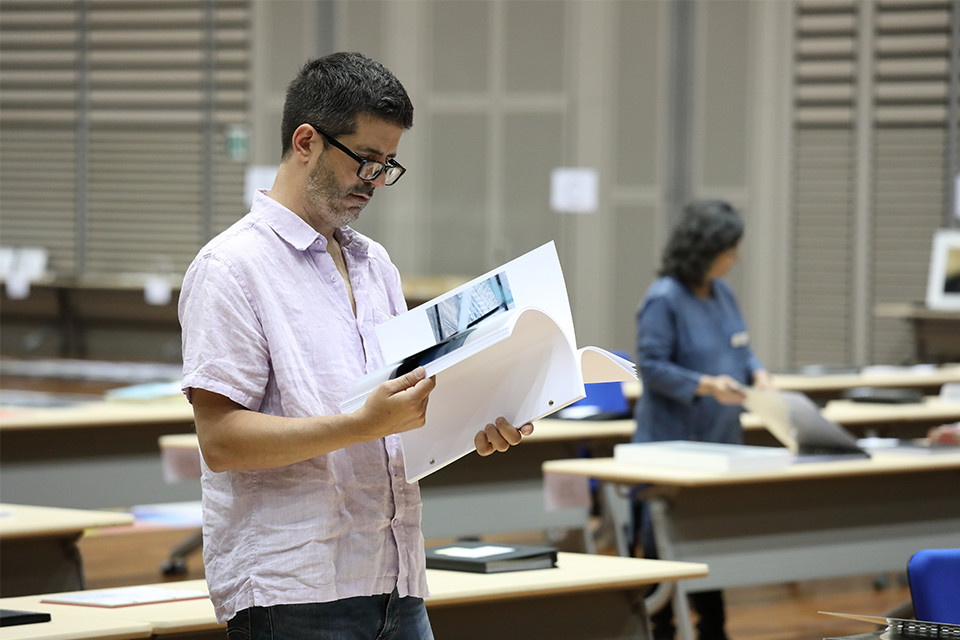
When I actually go out on the road, I've tried to take photos that are reminiscent in some way of Evans' or Frank's works and I've consciously focused on emulating them. At the same time, I've listened to the small voice in my heart too.
Photos are taken everywhere in the world, and people spend their lives seeing photos every day. I've come to think that photography has a nature not unlike language and that it has different dialects too. The way photos are taken, and the way they are viewed, is affected by both geography and history. There are a lot of traditions mixed in too. I think my photos belong to an American dialect. When I started taking photos and chasing after my style, the Internet hadn't evolved to what it is now. So I was totally immersed in the American tradition. That meant it was quite ordinary that I would be looking at the photos of famous American photographers like Robert Adams or Stephen Shore. This couldn't help but have an effect on my own viewpoint and photography technique.
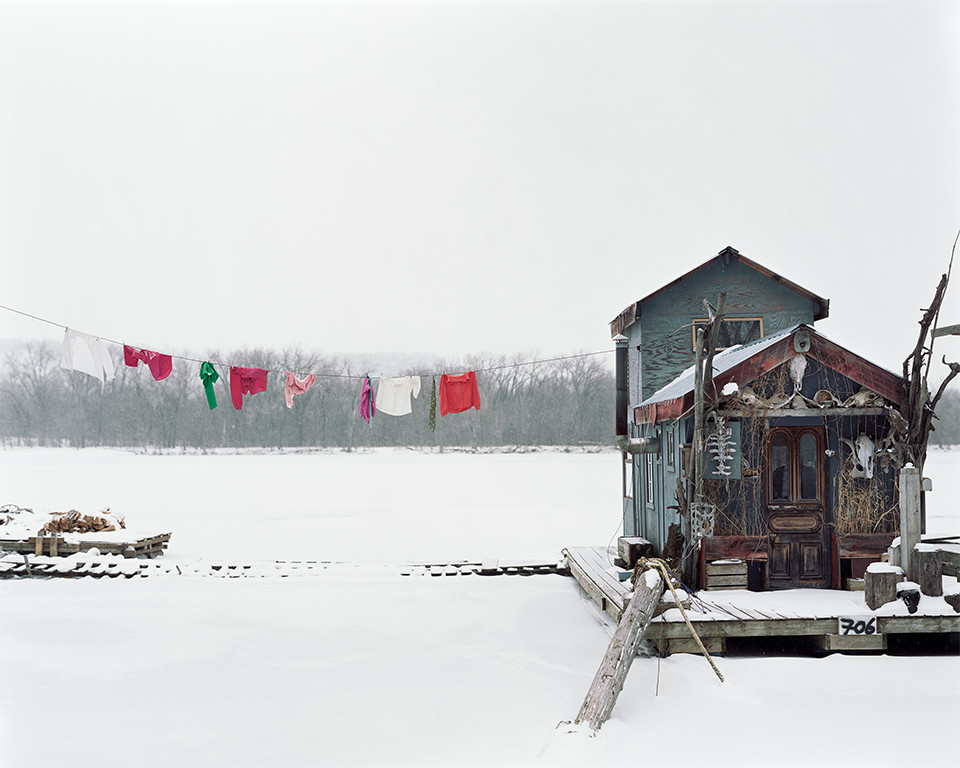
Peter's Houseboat, Winona, MN 2002 © ALEC SOTH
One thing I wanted to talk about today is my encounter with Japanese photography. One time when I was just starting out taking pictures, I found a book called “The Solitude of Ravens” by a Japanese photographer Masahisa Fukase at a big Barnes & Noble. “What is this?” I thought at the time. It had a huge impact on me. That's because the book had elements in the tradition of road trip photography, but also because it had a very tiny element of a train. I'd never seen anything like it and it convinced me that this is what I want to do. That collection is still a treasure to me even now.
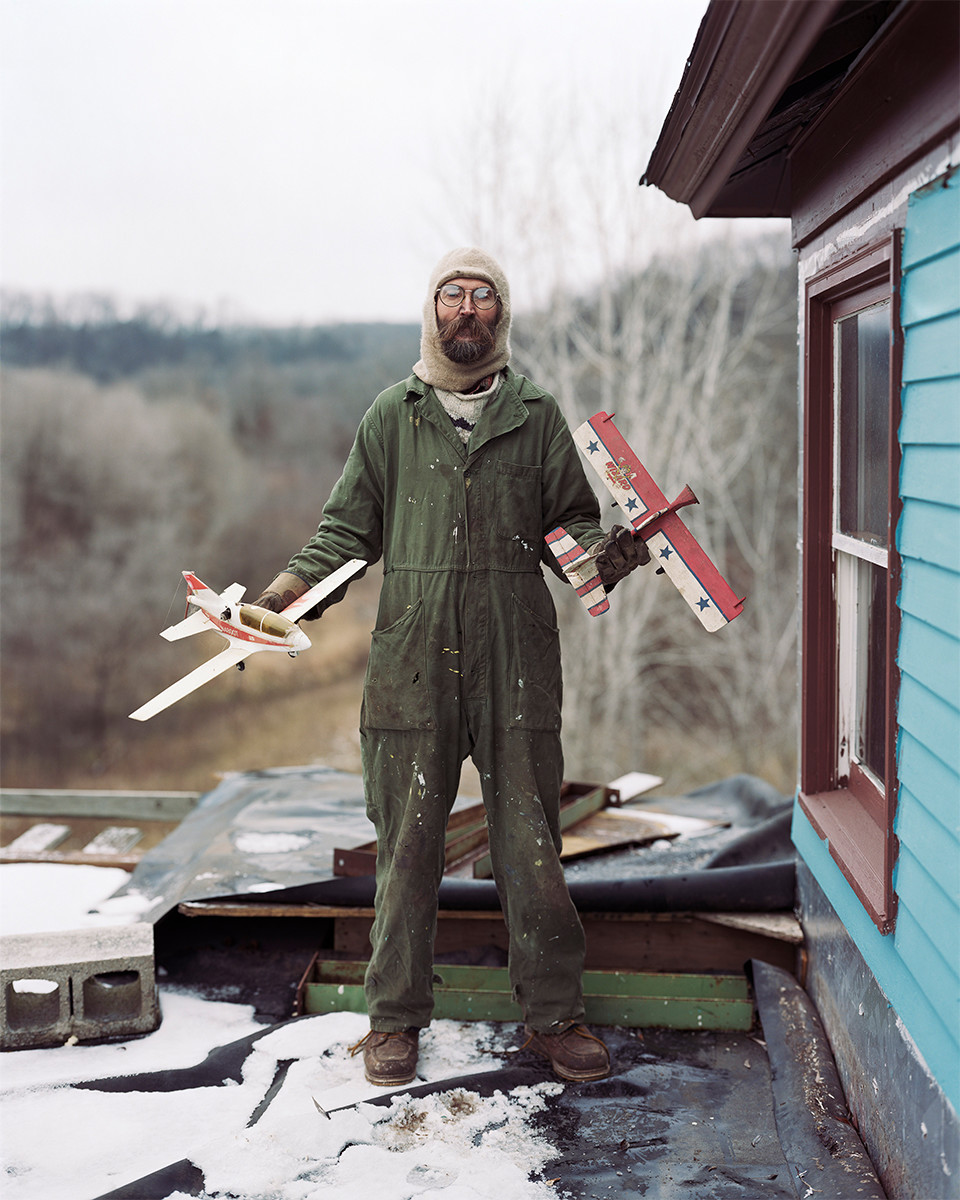
Charles, Vasa, MN, 2002 © ALEC SOTH
It's still amazing to me today when I think of how such a photo book ended up in this big, totally unremarkable book store in America. But there's no doubt those photographs strongly resonated with me.
I said photography is a language and has dialects. But there's a tendency in the road trip photography lineage to take a positive view of the sentimental. This is best symbolized by the work of Robert Frank, but I also think “The Solitude of Ravens” is a collection that fits this heritage. The works of Evans and Joel Sternfeld, on the other hand, are photos taken out of an interest in social criticism. Therefore, besides geographical dialects, there are also dialects that have been passed down continuously through one expressive style.
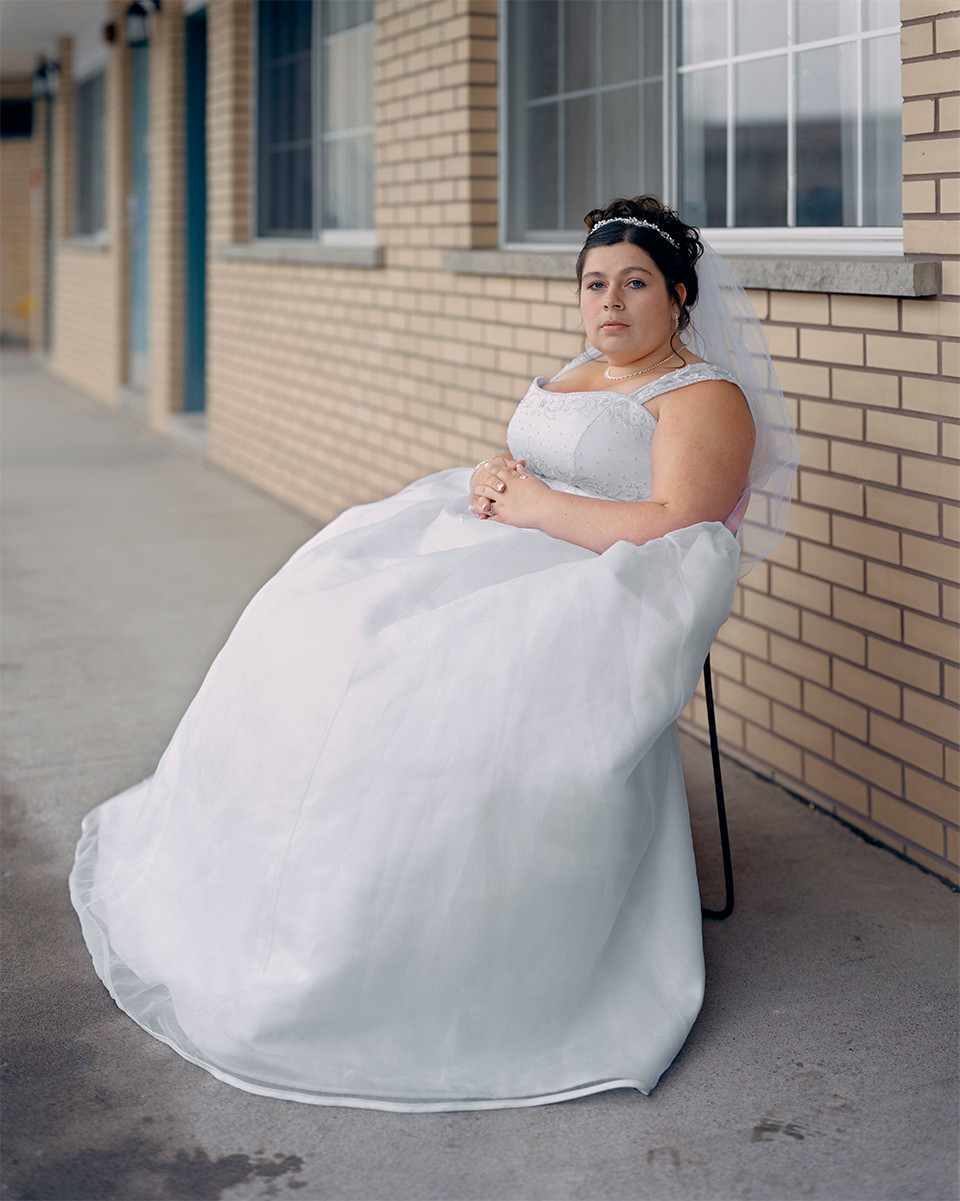
Melissa, 2005 From <NIAGARA> © ALEC SOTH
I saw a lot of works at the Excellence Award selection committee. But I knew straight away when I saw someone's work with real authenticity. When I say it has authenticity, I mean the work expresses something that the photographer was truly fascinated and gripped by.
In my case, I don't think I had much authenticity when I was taking street photos and I wasn't being myself when attempting to be a painter. Commercial photography didn't suit me very well either. That's why I started taking photographs in the tradition of the American road trip. But before I started, I had believed it was a worn-out methodology and I didn't need to do it.
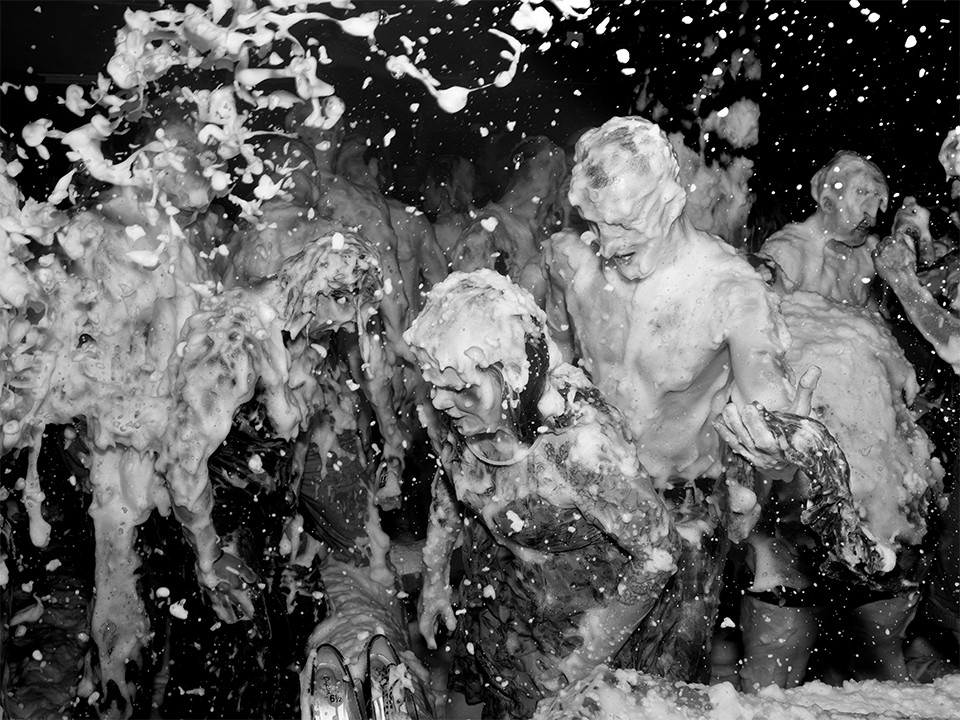
Crazy Legs Saloon, Watertown, New York © ALEC SOTH
This is not true of all road trip photography, but I think it's a genre that permits exploring emotions like love and longing. I'm really attracted to that.
Yoshinobu Araki, the Japanese photographer, uses the word sentimental to describe his own travel photos. I understand that in Japan using emotions in the photographic process is seen as something good. That rings true with me.
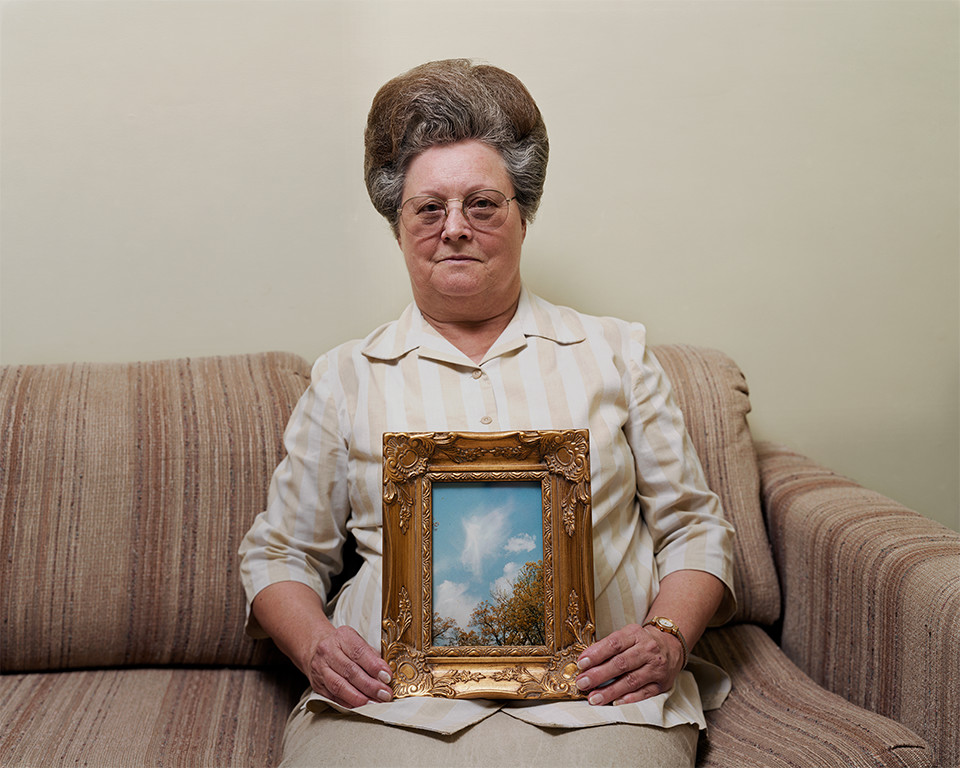
Bonnie (with a photograph of an angel), Port Gibson, Mississippi 2000 © ALEC SOTH
Yes, so if you give advice to people who are trying to become photographers, ultimately, they find they can't take your advice. They can only take advice from themselves because they have to be themselves.
When I was young what started me on my own path as a photographer was the desire to turn the feelings I had within myself into photographs. I realized I had to overcome all the influences I had picked up along the way and forge a path on my own. Everything took off from there.
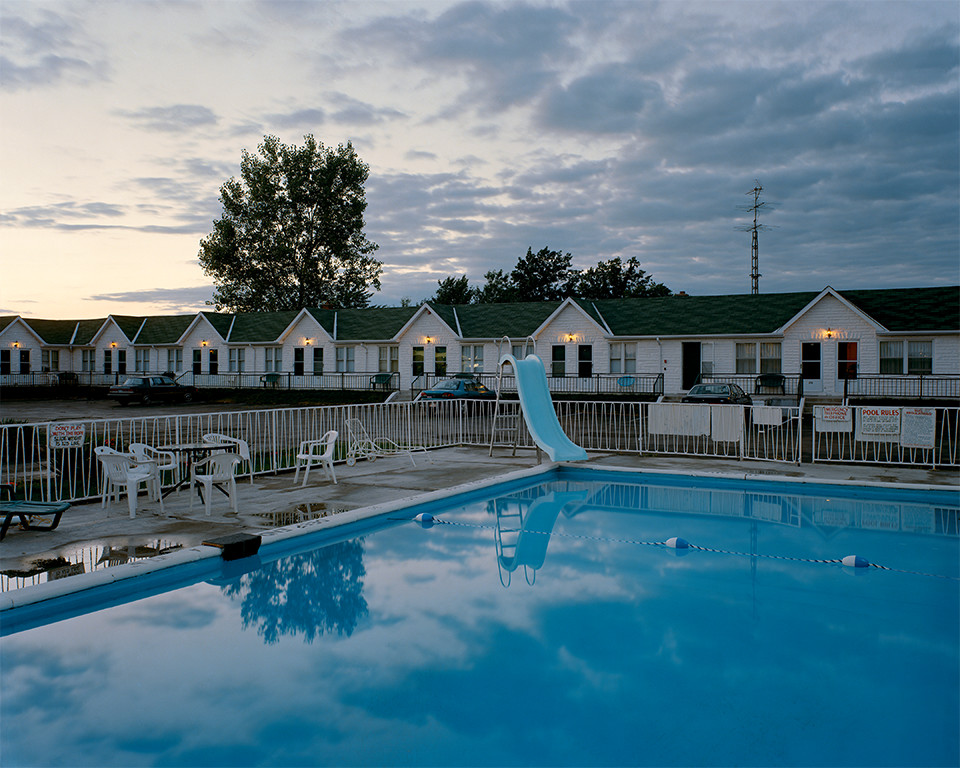
A-1 Motel, 2005 © ALEC SOTH
Alec Soth (b. 1969) is a photographer born and based in Minneapolis, Minnesota. He has published over twenty-five books including *Sleeping by the Mississippi* (2004), *NIAGARA* (2006) *Broken Manual* (2010) and *Songbook* (2015). Soth has had over fifty solo exhibitions including survey shows organized by Jeu de Paume in Paris (2008), the Walker Art Center in Minnesota (2010) and Media Space in London (2015). Soth has been the recipient of numerous fellowships and awards, including the Guggenheim Fellowship (2013). In 2008, Soth created Little Brown Mushroom, a multi-media enterprise focused on visual storytelling. Soth is represented by Sean Kelly in New York, Weinstein Gallery in Minneapolis, Fraenkel Gallery in San Francisco, and is a member of Magnum Photos.